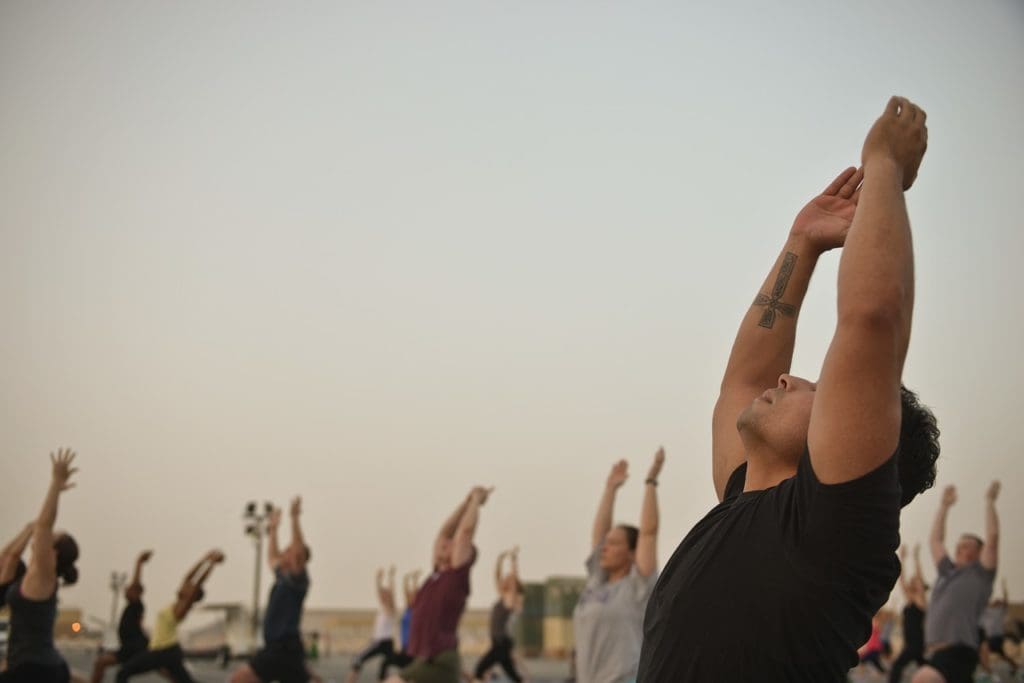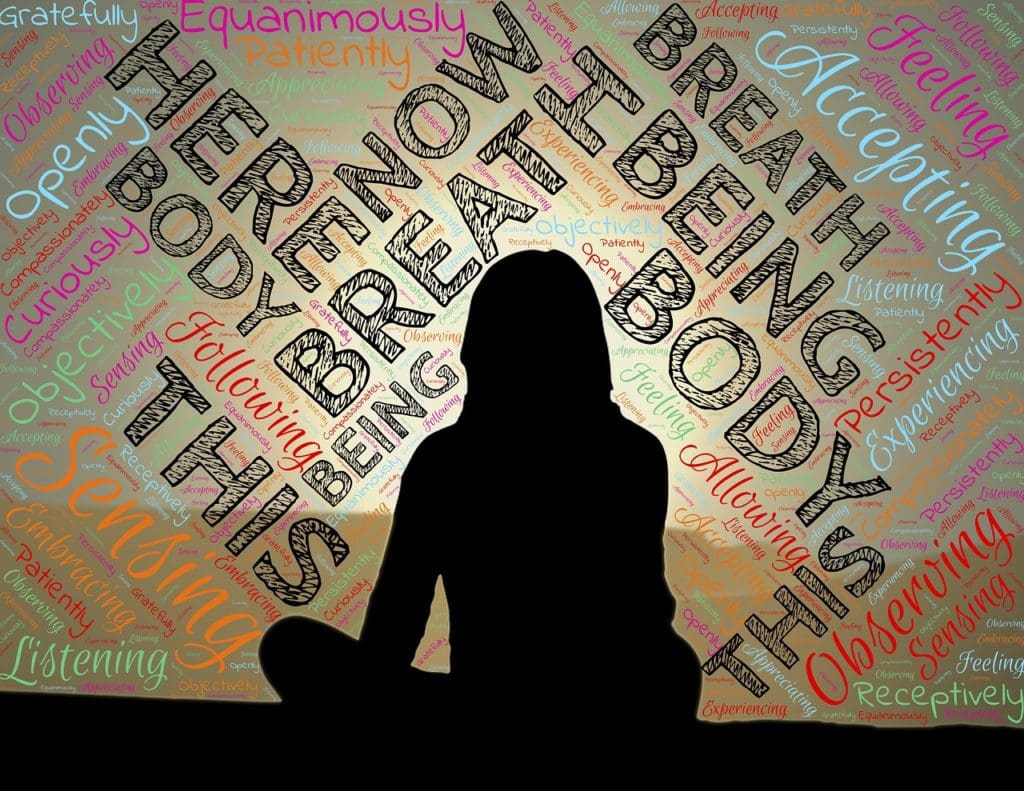
You’re stuck in an all-day meeting and your mind is wandering. I wonder where the speaker got those great looking shoes. This chair is killing my back. I feel guilty for missing my kid’s ball game. And suddenly you realize you zoned out for the last five minutes. It’s easy to do. But cultivating mindfulness in meetings is a game-changer for both employee and meeting host. Mindfulness lowers stress, increases satisfaction, and as a byproduct, improves productivity.
Simply put, mindfulness is the practice of being fully present in the moment but without judgment or analysis. It’s a mental state of awareness focused more on “being” than “doing.”
Dee Dee White, meeting planner with Covington Meetings & Events (CM&E) said, “Mindfulness in meetings is a hot topic. It’s a therapeutic technique that benefits your overall wellbeing.”
Mindfulness means participating purposefully with mind, body, and spirit, resulting in deeper connections, higher engagement, and better absorption. And the good news is that anyone can do it. Mindfulness is already in you – you just need to call on it.
How to Stimulate Mindfulness in Meetings
At one time or another, you’ve likely felt unmotivated or disconnected at a meeting. That isn’t in your best interest and certainly not what the meeting organizer hoped for. To overcome that malaise, both attendees and organizers can facilitate these actions to cultivate mindfulness in meetings.
Set Objectives for the Meeting

The meeting host should share a clear vision of what is going to happen during the meeting, be it two hours or two days long. Post an agenda with topics and break times. Set intentions of what will be discussed or learned during the time.
Similarly, attendees can increase their mindfulness in meetings by arriving prepared to engage. Rather than just showing up and watching, think about how the published topics affect your job or why it is important. Intentionally think of questions you have about the subject and listen for the answers to be presented. If they aren’t, be ready to ask them.
Change Up the Energy in the Room

A bland, uninspired setting undermines mindful presence. When choosing meeting locations, planners should look for rooms that deliver plenty of natural light and fresh air or even arrange a session outside. Many resorts have rooftop spaces, pool decks or gardens that work for different group configurations. Schedule a five-minute breathing exercise during a longer session to give participants a chance to refocus in place.
In addition to bringing a positive mental attitude, individual delegates can improve their mindfulness in meetings by moving to a different seat after a break. Choose a different location in the room, a different type of seating or stand for a bit. The change helps sharpen concentration.
Stay Productive by Eating Healthy

Spending long hours sitting still can zap your energy. Counterintuitively, sugary snacks don’t help brainpower. Meeting arrangers should work with the caterer to offer participants healthy snacks and meals, giving them the energy boost they need to maintain mindfulness in meetings.
Individuals should take a water bottle to meetings and maintain hydration to keep their brain focused. Caffeine is an attention-boosting go-to for many, but the boost doesn’t last long. Try trading that cup of coffee or soda during breaks for water, fruit juice or herbal tea. For meals, steer toward green salads, whole grains, and lean proteins (chicken, fish) to fight fatigue and stay productive.
Put Your Body in Motion

As defined, mindfulness includes participating with more than just the mind. Body and spirit are integral, too, so it’s as important to stretch and loosen stiff muscles as it is to contemplate meeting matters. Smart meeting organizers may incorporate time and instruction for simple group yoga movements. Some people may feel self-conscious at first, but it also serves as a fun icebreaker. These need not require skill or special clothing and can be done in place just to help relax. Another well-received tactic is hiring a professional masseuse to give five-minute shoulder rubs or hand massages during breaks.
Meeting participants might be inclined to check email or call the office during breaks, but they will be better served to find a quiet corner to do their own simple stretches. You probably perform a stretch routine on a six-hour international plane flight, so why would you not do so to improve your mindfulness in meetings?
Establish a Zen Zone

Meditation is a mindfulness tool that allows people to feel refreshed and ready to dive back in. Meditation is practiced in many ways from clearing your mind entirely to simply being aware of your breathing so anyone can do it. Organizers can help attendees attain mindfulness in meetings by assigning a specific meditation zone at the venue. This might be in the hotel’s spa or gardens.
Individuals should take advantage of this Zen zone with a focused time to process, reflect, and let go. Dee Dee with CM&E said, “Meditation offerings are a big trend in meetings right now. At IMEX America (a global exhibition for incentive travel, meetings, and events) this summer, a meditation studio was available throughout the entire program. Plus, meditation leaders directed groups at certain intervals so you could go in on your own or you could join a 15-minute session. It’s actually very refreshing to participate.”
Cultivating Mindfulness in Meetings is a Win/Win Endeavor!
Meeting organizers who provide delegates opportunities to utilize mindfulness in meetings can expect higher satisfaction with the event, higher engagement, and better reviews. Individuals applying mindfulness techniques gain a sense of control over processing new information and how they conduct themselves. They reduce stress and anxiety, increase concentration and energy, and boost overall wellness.
For more ways to take your meetings to the next level, consult with the Covington Meetings & Events team.







Leave a Reply